How to Eat Vegan for Beginners for Weight Loss: Adopting a vegan diet can be an excellent step toward achieving your weight loss goals while also promoting overall health and well-being. However, as a beginner, transitioning to a plant-based lifestyle can seem daunting. With proper guidance, you can effectively navigate this journey and unlock the benefits of eating vegan. This article explores how to eat vegan for beginners for weight loss, providing actionable tips, sample meal ideas, and answers to common questions.
How to Eat Vegan for Beginners for Weight Loss
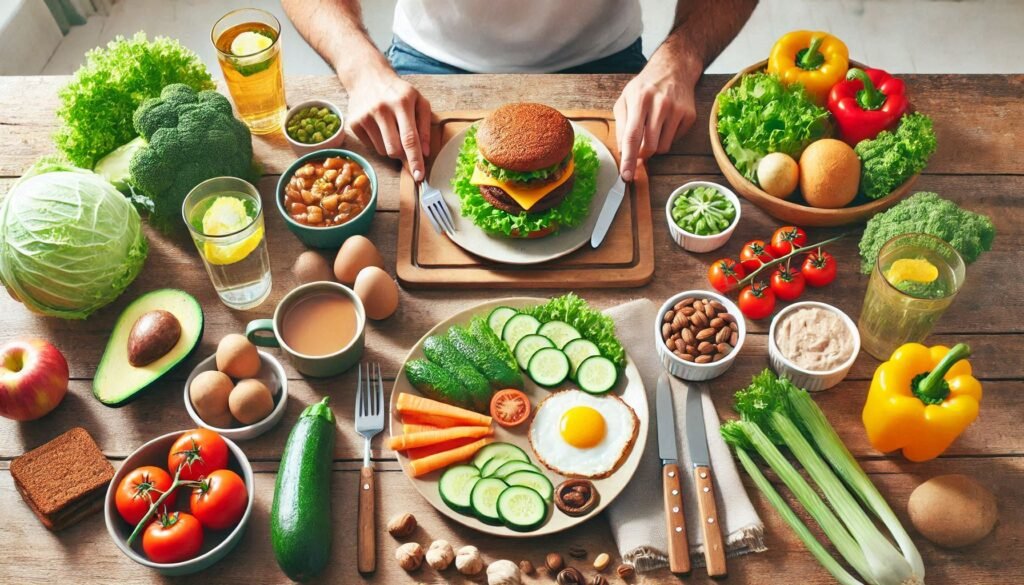
Why Choose a Vegan Diet for Weight Loss?
Vegan diets are inherently rich in fiber, vitamins, and minerals, making them ideal for weight management. By eliminating animal products and focusing on whole, plant-based foods, you can naturally reduce calorie intake while feeling fuller for longer. Research has shown that individuals on vegan diets tend to have lower body mass indexes (BMIs) compared to their omnivorous counterparts.
Key benefits of a vegan diet for weight loss include:
- Low-Calorie Density: Fruits, vegetables, and legumes have fewer calories per gram, allowing you to eat satisfying portions.
- High Fiber Content: Fiber promotes satiety, reducing overall calorie consumption.
- Reduced Processed Foods: A well-planned vegan diet minimizes the intake of calorie-dense processed foods.

Steps to Start Eating Vegan for Weight Loss
1. Educate Yourself on Plant-Based Nutrition
Understanding the basics of vegan nutrition is essential for beginners. Ensure your diet includes the following key components:
- Protein: Found in legumes, tofu, tempeh, seitan, and quinoa.
- Healthy Fats: Sources include avocados, nuts, seeds, and olive oil.
- Carbohydrates: Opt for whole grains like brown rice, oats, and sweet potatoes.
- Vitamins and Minerals: Pay attention to vitamin B12, iron, and omega-3 fatty acids, which may require supplementation.
2. Plan Balanced Meals
Structure your meals to include a balance of macronutrients and micronutrients. A typical vegan plate for weight loss should consist of:
- 50% non-starchy vegetables (e.g., spinach, broccoli, bell peppers)
- 25% whole grains or starchy vegetables
- 25% plant-based protein sources
3. Start Gradually
Transitioning to a vegan diet doesn’t have to happen overnight. Begin by replacing one meal a day with a plant-based option. Gradually increase the number of vegan meals as you become more comfortable.
4. Focus on Whole Foods
Whole, minimally processed foods are key to weight loss on a vegan diet. Avoid heavily processed vegan substitutes, such as mock meats and vegan junk food, which can be calorie-dense and less nutritious.
5. Prepare and Meal Prep
Having ready-to-eat vegan meals ensures you’re less likely to make unhealthy choices. Dedicate time each week to meal-prepping dishes like salads, soups, and grain bowls.
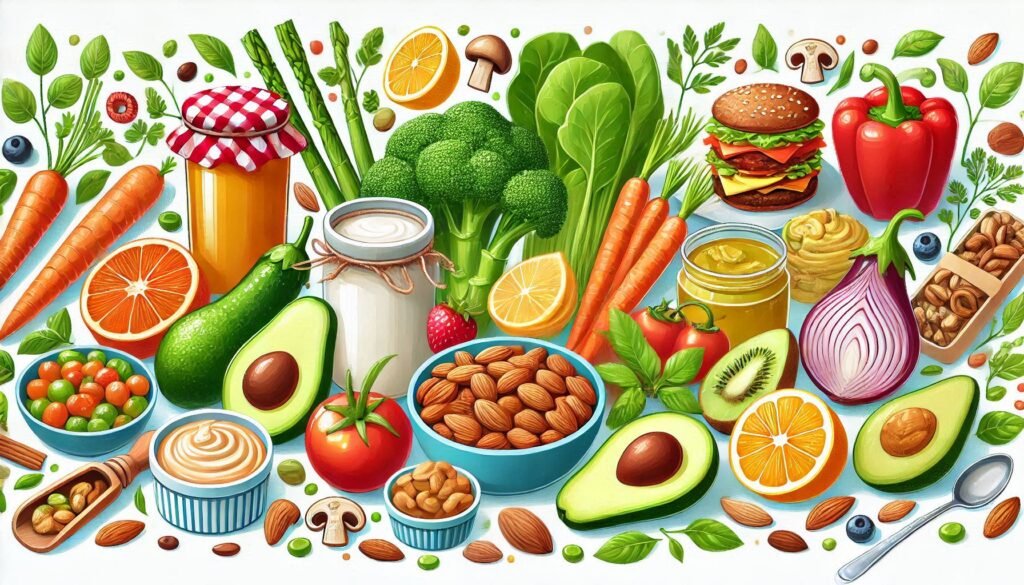
Sample Vegan Meal Plan for Beginners
Breakfast:
- Smoothie with spinach, frozen berries, a banana, almond milk, and a scoop of plant-based protein powder
Snack:
- A handful of raw almonds and a piece of fruit
Lunch:
- Buddha bowl with quinoa, roasted sweet potatoes, chickpeas, kale, and tahini dressing
Snack:
- Veggie sticks with hummus
Dinner:
- Lentil curry served over brown rice with a side of steamed vegetables
Dessert (Optional):
- A small piece of dark chocolate or a vegan chia pudding
Common Mistakes to Avoid
- Relying on Processed Foods: While convenient, processed vegan foods often contain added sugars, fats, and calories.
- Neglecting Protein Intake: Ensure you’re consuming adequate protein to support muscle mass and metabolism.
- Skipping Meals: Skipping meals can lead to overeating later in the day. Aim for consistent, balanced meals.
- Not Tracking Nutrients: Use apps like Cronometer to ensure you’re meeting your nutritional needs.
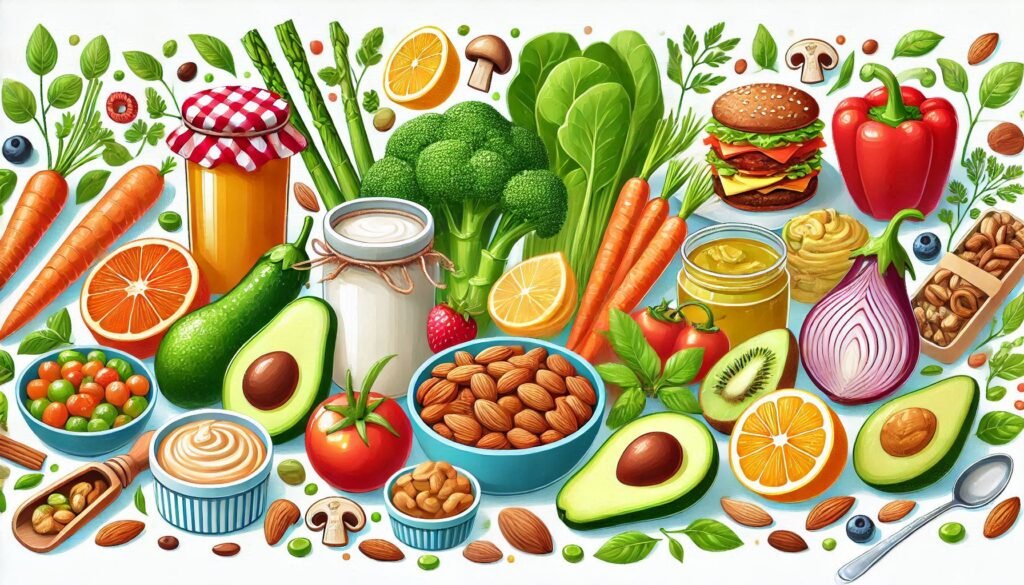
Benefits of Veganism Beyond Weight Loss
Beyond weight loss, adopting a vegan diet can improve heart health, reduce the risk of chronic diseases, and promote environmental sustainability. Additionally, many people report increased energy levels and improved digestion after switching to a plant-based lifestyle.
FAQs About How to Eat Vegan for Beginners for Weight Loss
Yes, weight loss can occur through diet alone, but incorporating exercise can accelerate results and improve overall health.
Incorporate plant-based protein sources such as lentils, tofu, tempeh, seitan, and legumes into your meals. A typical adult needs about 0.8 grams of protein per kilogram of body weight.
You may need to supplement with vitamin B12, iron, and omega-3 fatty acids, as these nutrients can be harder to obtain solely from plant-based sources.
Not all vegan foods are created equal. Focus on whole, unprocessed options rather than vegan junk food or sugary snacks.
Weight loss results vary depending on individual factors such as metabolism, activity level, and adherence to the diet. Many people notice changes within a few weeks.
A vegan diet can be budget-friendly if you focus on staples like beans, rice, oats, and seasonal produce. Avoiding processed vegan products also helps reduce costs.
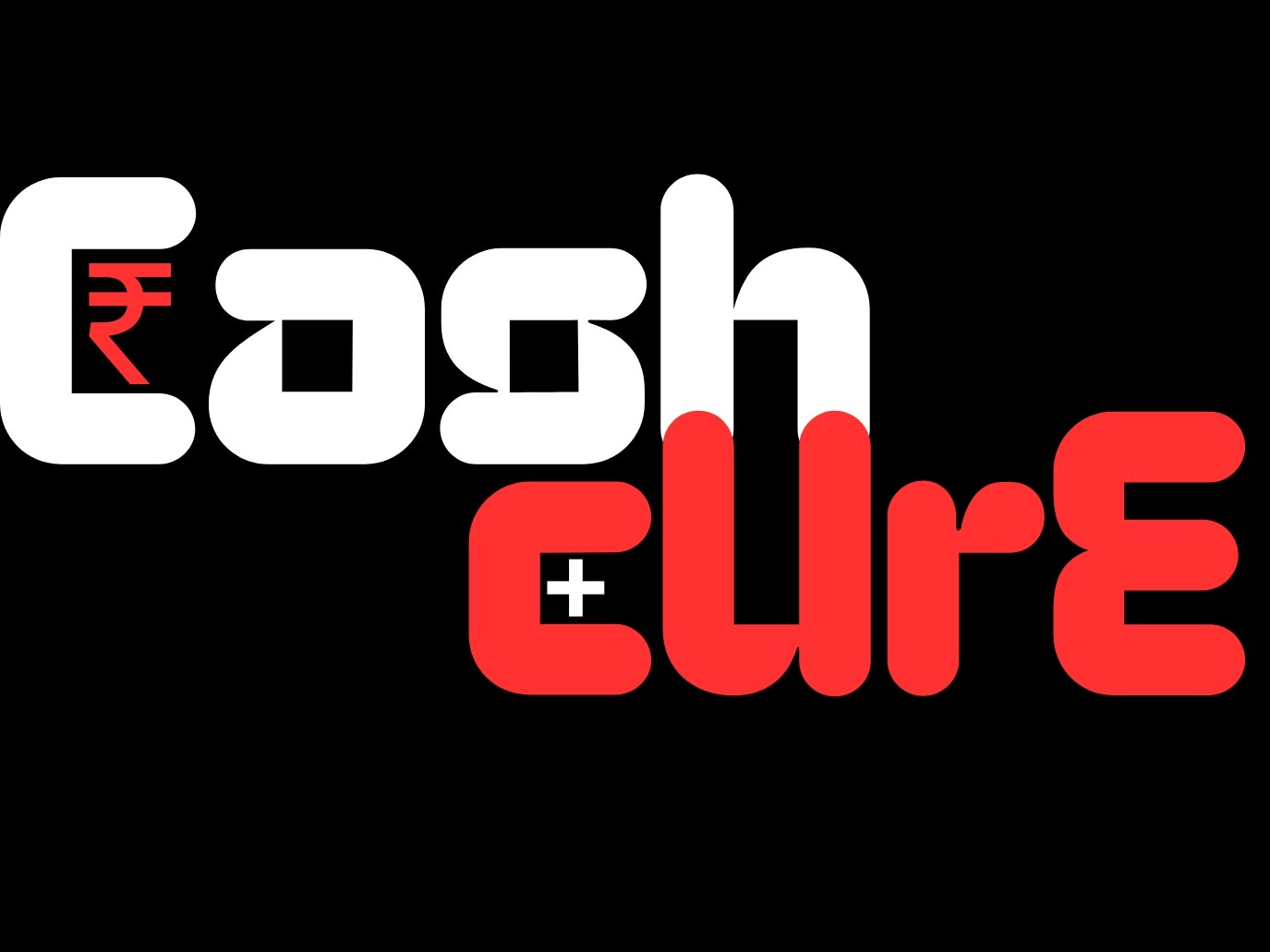
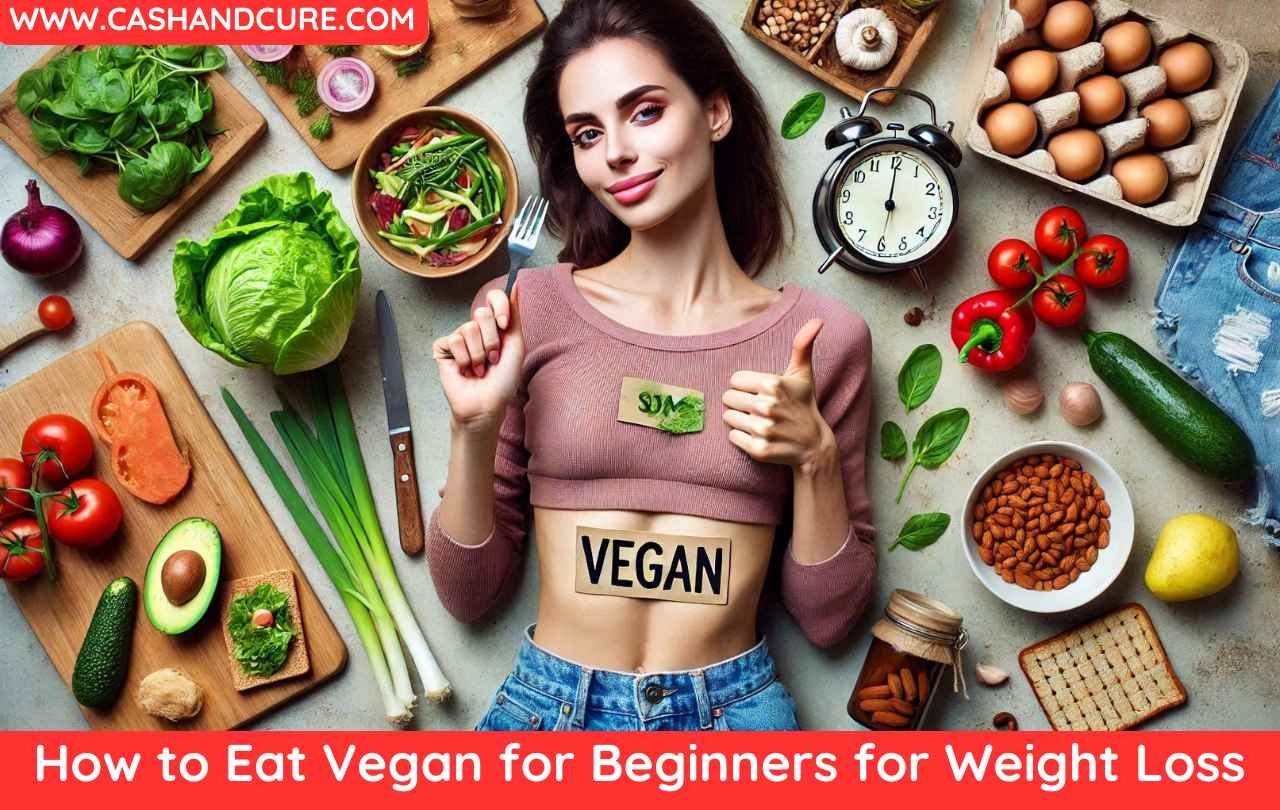
Leave a Reply
You must be logged in to post a comment.